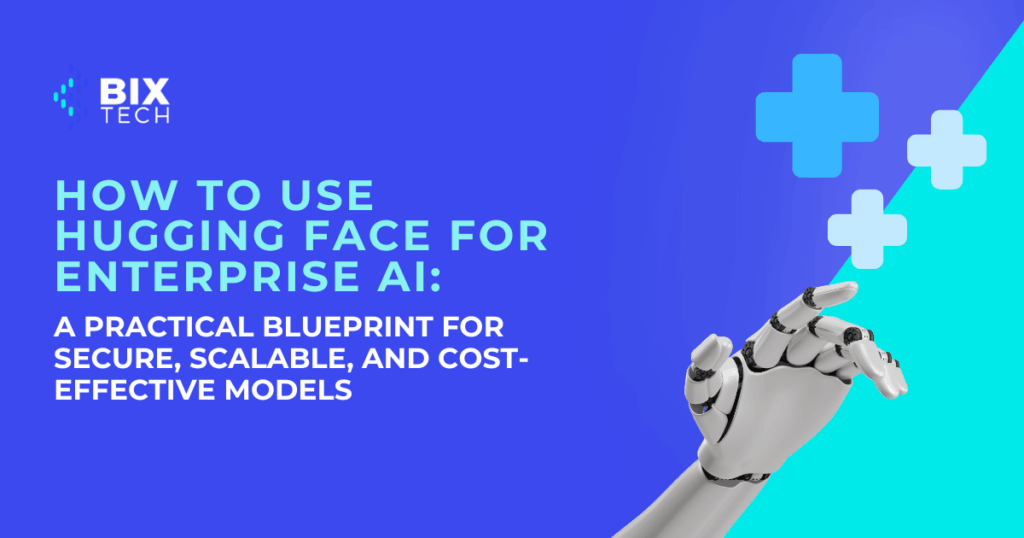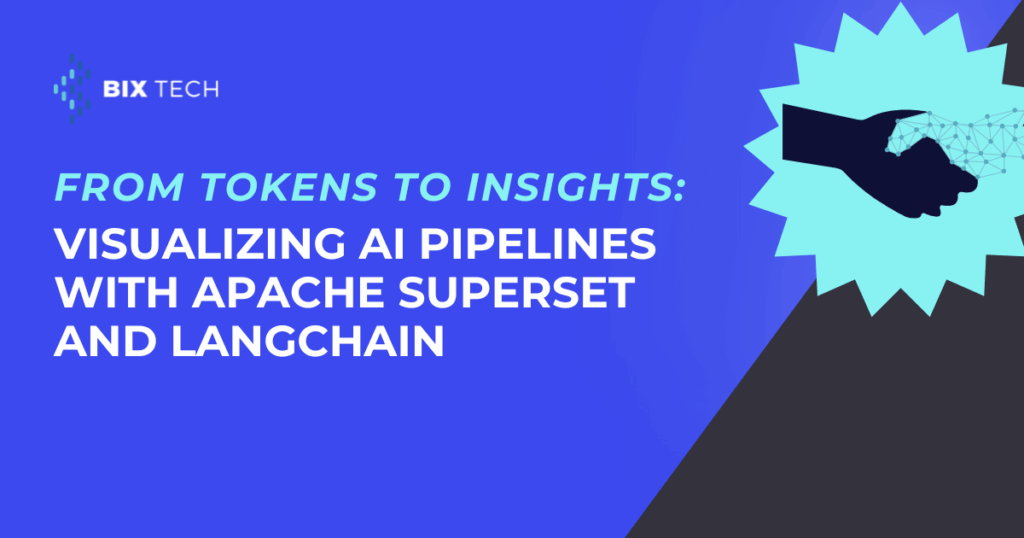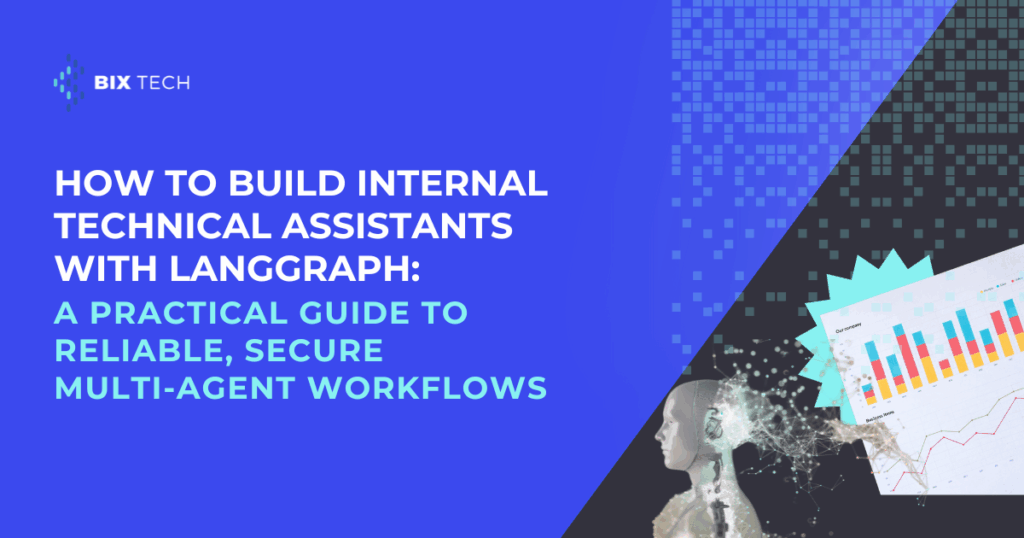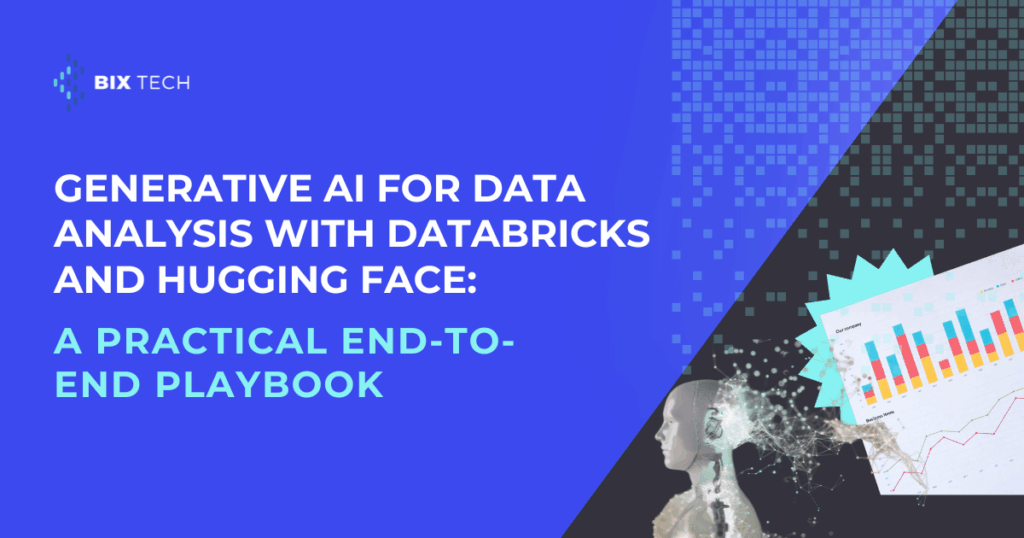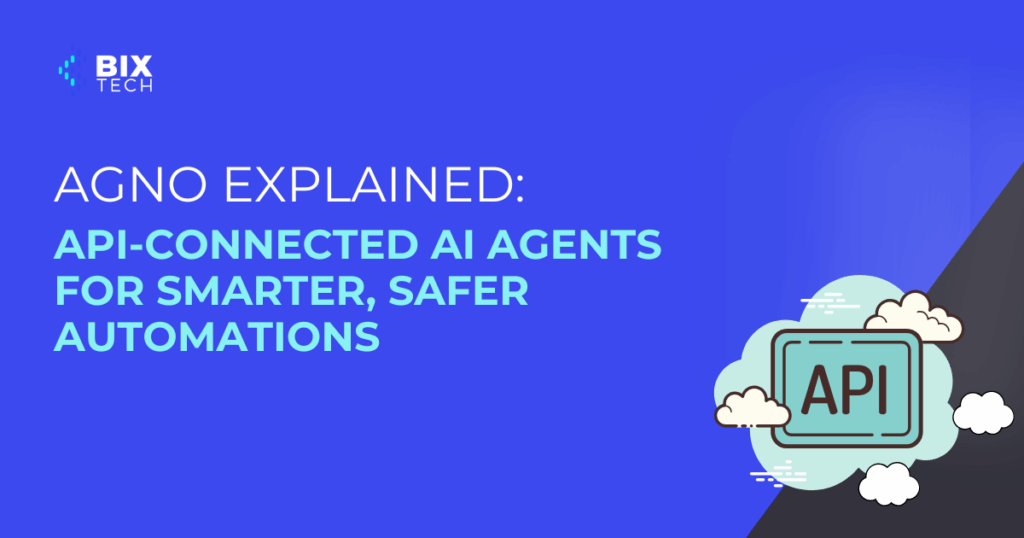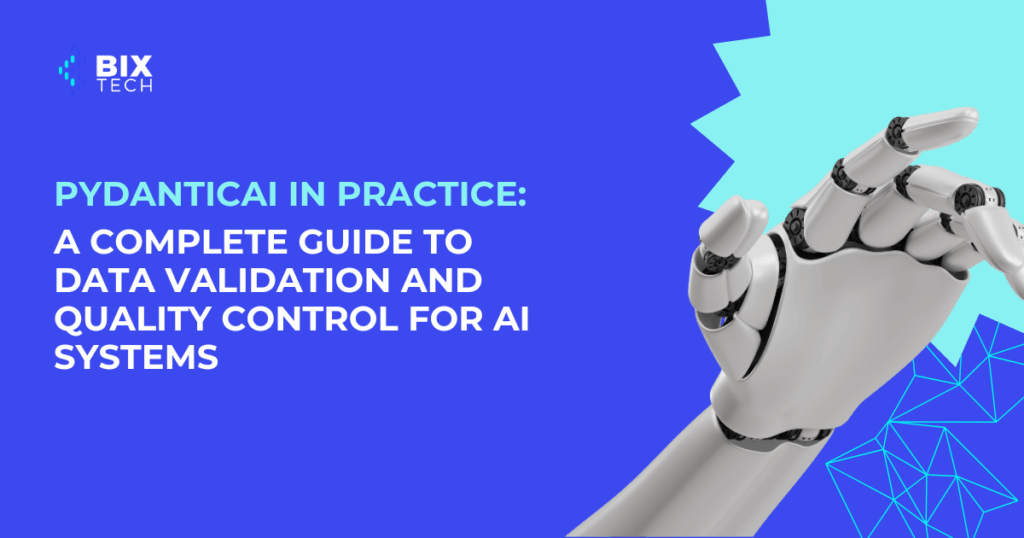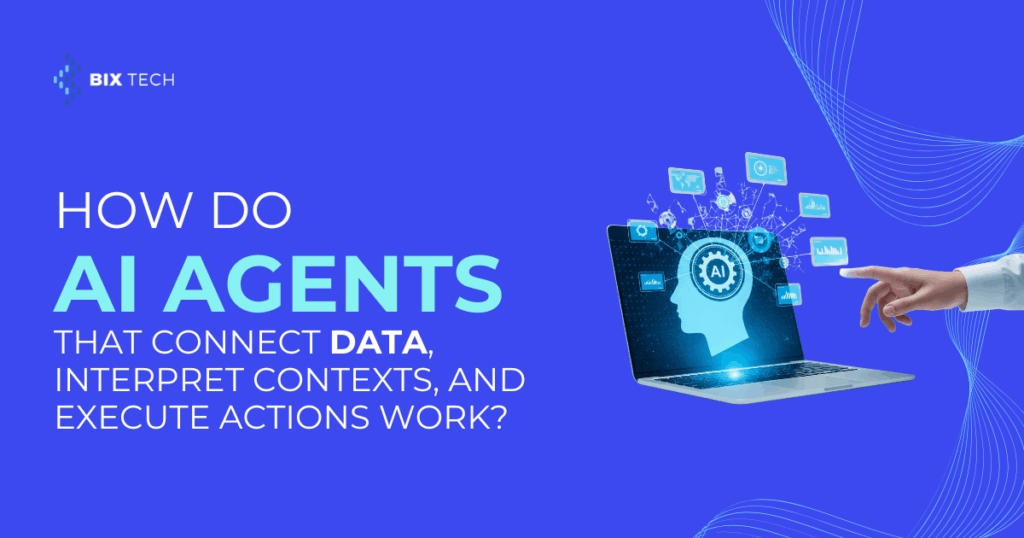How to Use Hugging Face for Enterprise AI: A Practical Blueprint for Secure, Scalable, and Cost-Effective Models
How to Use Hugging Face for Enterprise AI: A Practical Blueprint for Secure, Scalable, and Cost-Effective Models December 01, 2025 at 04:20 PM | Est. read time: 13 min By Valentina Vianna Community manager and producer of specialized marketing content Thinking about bringing open-source AI into your organization—but not sure how to do it securely, […]
